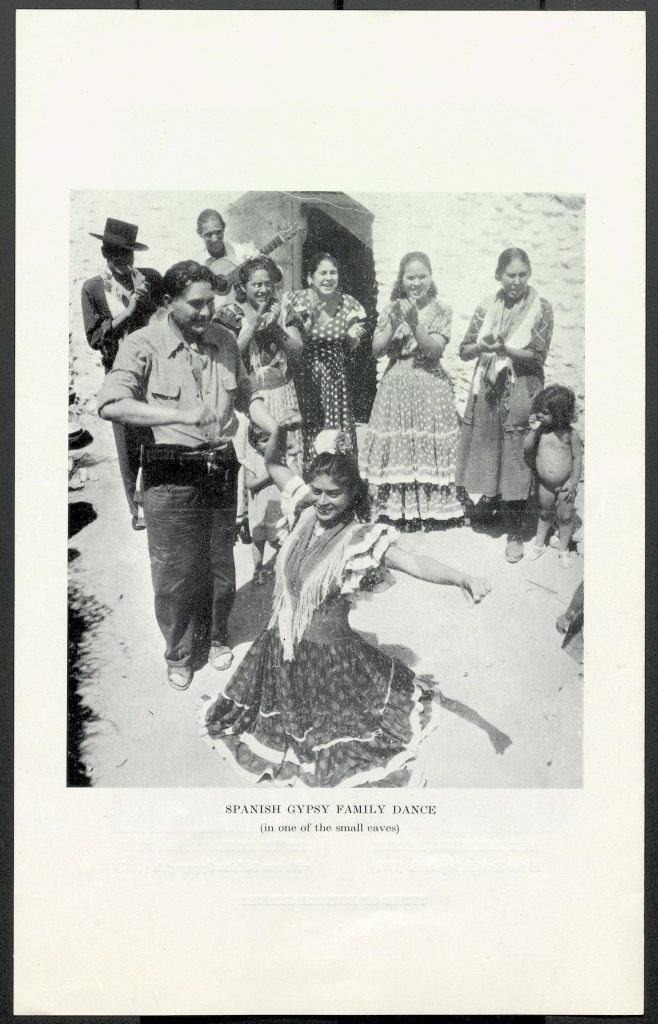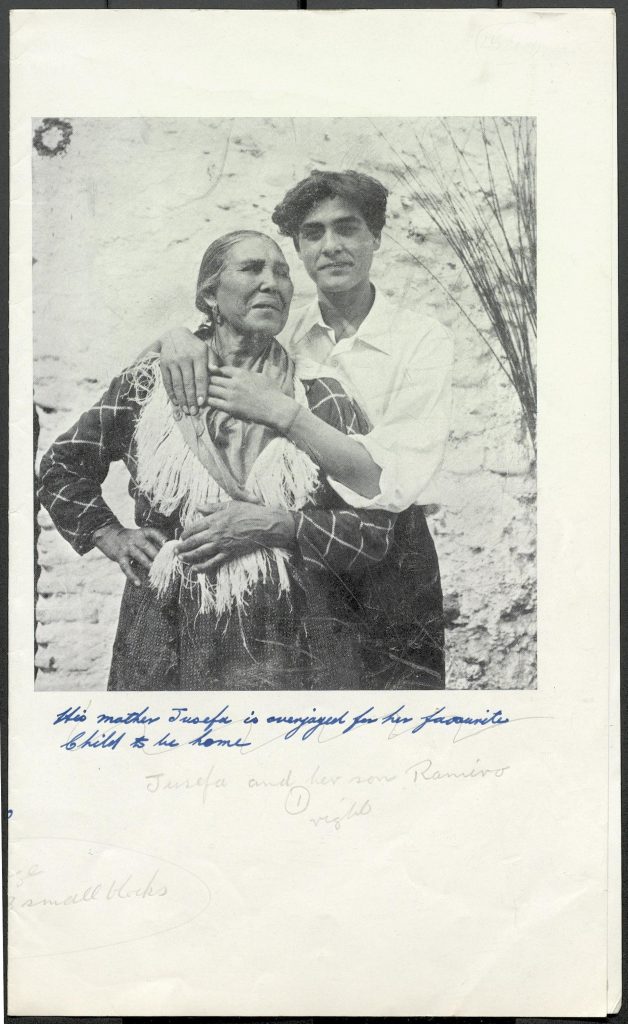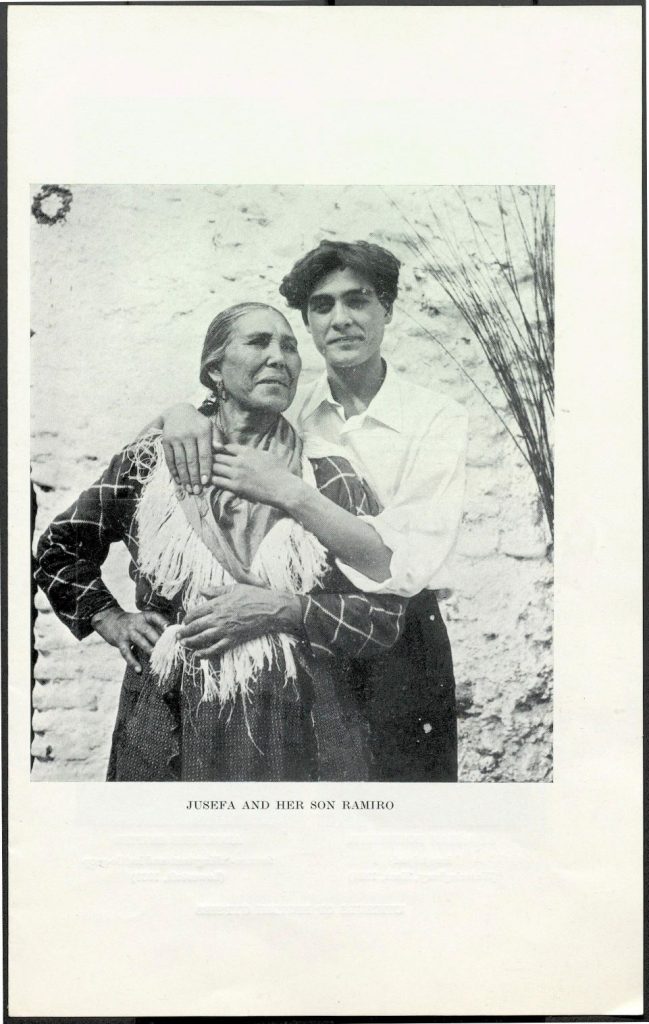Gypsy, Roma, and Traveller (GRT) History month 2024 centered family as its core theme, so it is with family in mind that I reflect upon my time working with the Gypsy Lore Society (GLS) archive collection. Rarely is a collection so imbued with family, culture, and language, but simultaneously divorced from the rich communities it attempts to depict. In the spirit of celebration and education, the engagement with and reappropriation of vibrant presentations of GRT artistry preserved within the archive demonstrate the avenues through which archives like that of the GLS can be accessed by GRT community members and descendants to amplify past voices and reinscribe cultural meaning.

The romanticization of GRT lifestyles across the European continent typifies the GLS’s interactions with GRT communities since the inception of the journal. As such, while art in its many forms featured heavily within journal publications, the selection and editorial processes saw a very narrow view of GRT culture ultimately reach GLS audiences. A series of editorial proofs from the 1956 publication illuminate the ways in which the (already limited) knowledge of intergenerational relationships within a Spanish Roma family were steadily removed. The final proof had the photograph captioned ‘Jusefa and her son Ramiro’; however, we know from a rejected caption that ‘his mother Jusefa is overjoyed for her favourite child is home’.


The archive, here, offers a critical opportunity to recontextualise these images and inscribe upon them the elation, humour, and in this case possibly sibling rivalry, that epitomises both the differing shapes and sizes of families, and the presence of transhistorical love and connection. By deconstructing editorial processes that make emotion and humanity dangerously invisible, we begin to move away from ethnological ‘gypsylorist’ interpretations of GRT life which perpetuate prejudices and stereotypes.
Moreover, in recent years, the GLS archival records have served as a key reference point for members of the GRT community looking to trace their ancestry. Unsurprisingly, memory-making research of this kind is accompanied by personal anecdotes which often reveal familial or geographic connections between records previously separated within the collection. This type of post-custodial recontextualisation of GLS records with the immensely valuable, personal knowledge of the community enables the development of a richer, more textured interpretation of GRT communities to comprehensively and respectfully represent those depicted in the records. Here, engagement with the record as a tool of reaffirming cultural ties, and, often, finding that which has been lost, demonstrates the centrality of family as a source of unity, celebration, and strength.
The use of the collection by GRT artists testifies to opportunities presented by the archive as a resource for self-representation and disruption of clichéd or stereotypical interpretations of the GRT community. Turner Prize nominee, Delaine Le Bas’ artistic reimagining of photographs taken by Fred Shaw affirms the potentiality of archival encounters. The notion of ‘re-creating’ images opens the GLS archive to a wider user group; broadening the possibilities of access and outreach. Here, familial, cultural, and language connections can be reinscribed upon an archival collection through art; an inclusive and participatory process, signifying a move away from the rhetoric that dictated the creation of the records, towards infinite, creative possibilities.
Megan Thomas – Master’s Research Internship Student